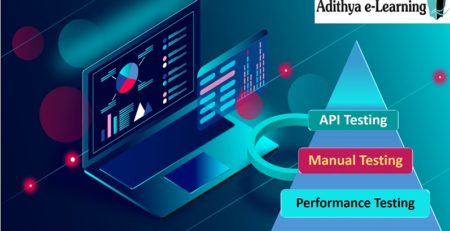| 1 |
Question |
What are the new features included in the new version of SAS i.e., SAS9.1.3? |
|
Answer |
The main advantage of version 9 is faster execution of applications and centralized access of data and support. |
|
|
|
| 2 |
Question |
What versions of SAS have you used (on which platforms)? |
|
Answer |
SAS 9.1.3,9.0, 8.2 in Windows and UNIX, SAS 7 and 6.12 |
|
|
|
| 3 |
Question |
Approximately what date is represented by the SAS date value of 730? |
|
Answer |
31st December 1961 |
|
|
|
| 4 |
Question |
How do you debug and test your SAS programs? |
|
Answer |
Using Obs=0 and systems options to trace the program execution in log. |
|
|
|
| 5 |
Question |
How could you generate test data with no input data? |
|
Answer |
Using Data Null and put statement |
|
|
|
| 6 |
Question |
What is the purpose of error? |
|
Answer |
It has only to values, which are 1 for error and 0 for no error. |
|
|
|
| 7 |
Question |
What are some good SAS programming practices for processing very large data sets? |
|
Answer |
Sort them once, can use firstobs = and obs = , |
|
|
|
| 8 |
Question |
How do you control the number of observations and/or variables read or written? |
|
Answer |
FIRSTOBS and OBS option |
|
|
|
| 9 |
Question |
How do you test for missing values? |
|
Answer |
Using Subset functions like IF then Else, Where and Select. |
|
|
|
| 10 |
Question |
How can you put a “trace” in your program? |
|
Answer |
ODS Trace ON, ODS Trace OFF the trace records. |
|
|
|
| 11 |
Question |
How to limit decimal places for variable using PROC MEANS? |
|
Answer |
By using MAXDEC= option |
|
|
|
| 12 |
Question |
Describe 5 ways to do a “table lookup” in SAS. |
|
Answer |
Match Merging, Direct Access, Format Tables, Arrays, PROC SQL |
|
|
|
| 13 |
Question |
What is a method for assigning first.VAR and last.VAR to the BY groupvariable on unsorted data? |
|
Answer |
In unsorted data you can’t use First or Last. |
|
|
|
| 14 |
Question |
Identify statements whose placement in the DATA step is critical. |
|
Answer |
INPUT, DATA and RUN… |
|
|
|
| 15 |
Question |
What are _numeric_ and _character_ and what do they do? |
|
Answer |
Will either read or writes all numeric and character variables in dataset. |
|
|
|
| 16 |
Question |
What are the validation tools in SAS? |
|
Answer |
For dataset: Data set name/debugData set: name/stmtchk |
|
|
For macros: Options:mprint mlogic symbolgen. |
|
|
|
| 17 |
Question |
What are the default statistics for means procedure? |
|
Answer |
n-count, mean, standard deviation, minimum, and maximum |
|
|
|
| 18 |
Question |
Where do you use PROC MEANS over PROC FREQ? |
|
Answer |
We will use PROC MEANS for numeric variables whereas we use PROC FREQ for categorical variables. |
|
|
|
| 19 |
Question |
Describe CROSSLIST option in TABLES statement? |
|
Answer |
Adding the CROSSLIST option to TABLES statement displays crosstabulation tables in ODS column format. |
|
|
|
| 20 |
Question |
How to specify variables to be processed by the FREQ procedure? |
|
Answer |
By using TABLES Statement. |
|
|
|
| 21 |
Question |
What is the one statement to set the criteria of data that can be coded in any step? |
|
Answer |
OPTIONS Statement, Label statement, Keep / Drop statements. |
|
|
|
| 22 |
Question |
What are the scrubbing procedures in SAS? |
|
Answer |
Proc Sort with nodupkey option, because it will eliminate the duplicate values. |
|
|
|
| 23 |
Question |
How do you debug and test your SAS programs? |
|
Answer |
First thing is look into Log for errors or warning or NOTE in some cases or use the debugger in SAS data step. |
|
|
|
| 24 |
Question |
What are some good SAS programming practices for processing very large data sets? |
|
Answer |
Sampling method using OBS option or subsetting, commenting the Lines, Use Data Null |
|
|
|
| 25 |
Question |
What areas of SAS are you most interested in? |
|
Answer |
BASE, STAT, GRAPH, ETS. |




